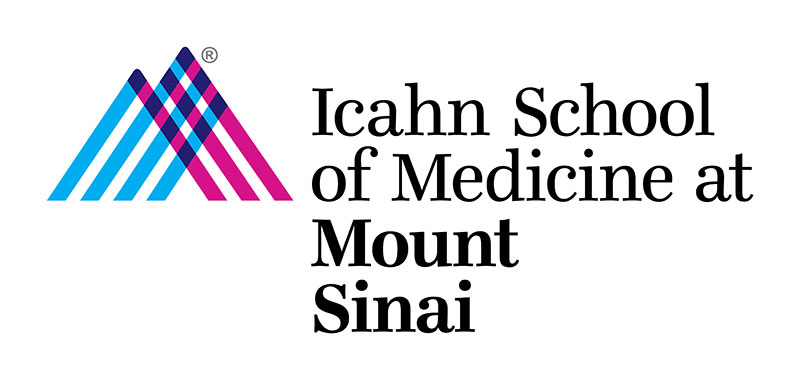Our Research
The Frangou Lab studies brain pathways and mechanisms associated with psychopathology across the lifespan and their association with the environmental and genetic context. The lab has a dual focus on risk and resilience aiming to identify factors that respectively increase or decrease the risk of significant psychopathology and explore their potential for prevention and therapeutic intervention.

Frangou Lab
Sophia Frangou
Professor Psychiatry
Team Members

Principal: Sophia Frangou
E-mail: Sophia.Frangou@mssm.edu

Mathilde Antoniades,
Post-Doctoral Fellow
E-mail: Mathilde.Antoniades@mssm.edu
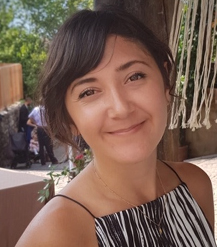
Shalaila Haas,
Post-Doctoral Fellow
E-mail: Shalaila.Haas@mssm.edu

Amirhossein Modabbernia,
Leon Levy Fellow in Neuroscience
E-mail: Amirhossein.Modabbernia@mssm.edu

Shirine Moukaled,
Research Coordinator
E-mail: Shirine. Moukaled@mssm.edu

Faye New,
Research Coordinator
E-mail: Faye.New@mssm.edu
Current Projects
Brain Correlates of Psychopathology Across the Lifespan
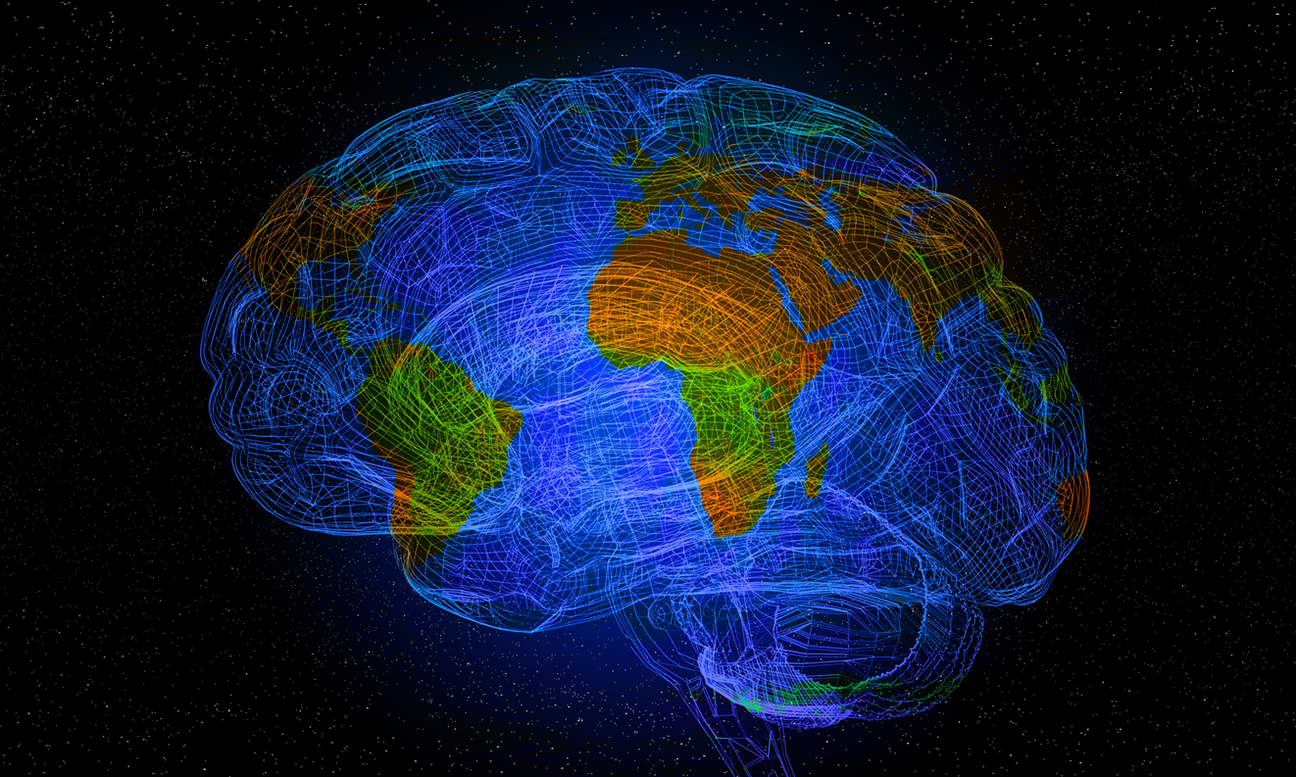
ENIGMA Lifespan
The Lab is the hub of the Lifespan Working Group of Enhancing NeuroImaging Genetics through Meta-Analysis (ENIGMA) Consortium. The Lifespan Working Group uses data from over 20,000 individuals from 80 centres worldwide to infer normative age-related changes in brain organization and examine the functional significance of deviations for typical trajectories.
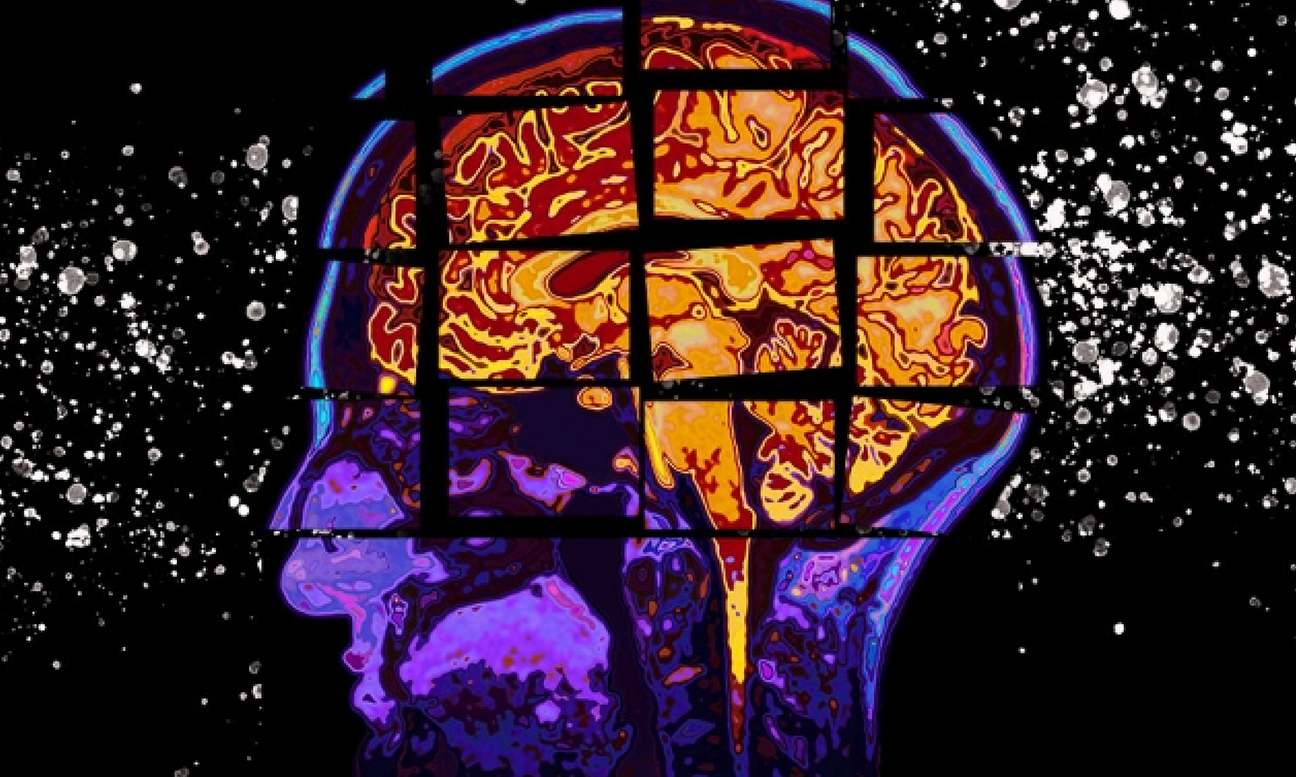
Modeling Brain-Environment-Behavior Associations
The Lab uses advanced modeling approaches including machine learning algorithms to measure the interactive and multidimensional associations between positive and negative environmental influences, brain organization and behavior (including psychopathology) across the lifespan using data from clinical samples and epidemiological cohorts.
Ultra-High Field Neuroimaging in Psychosis
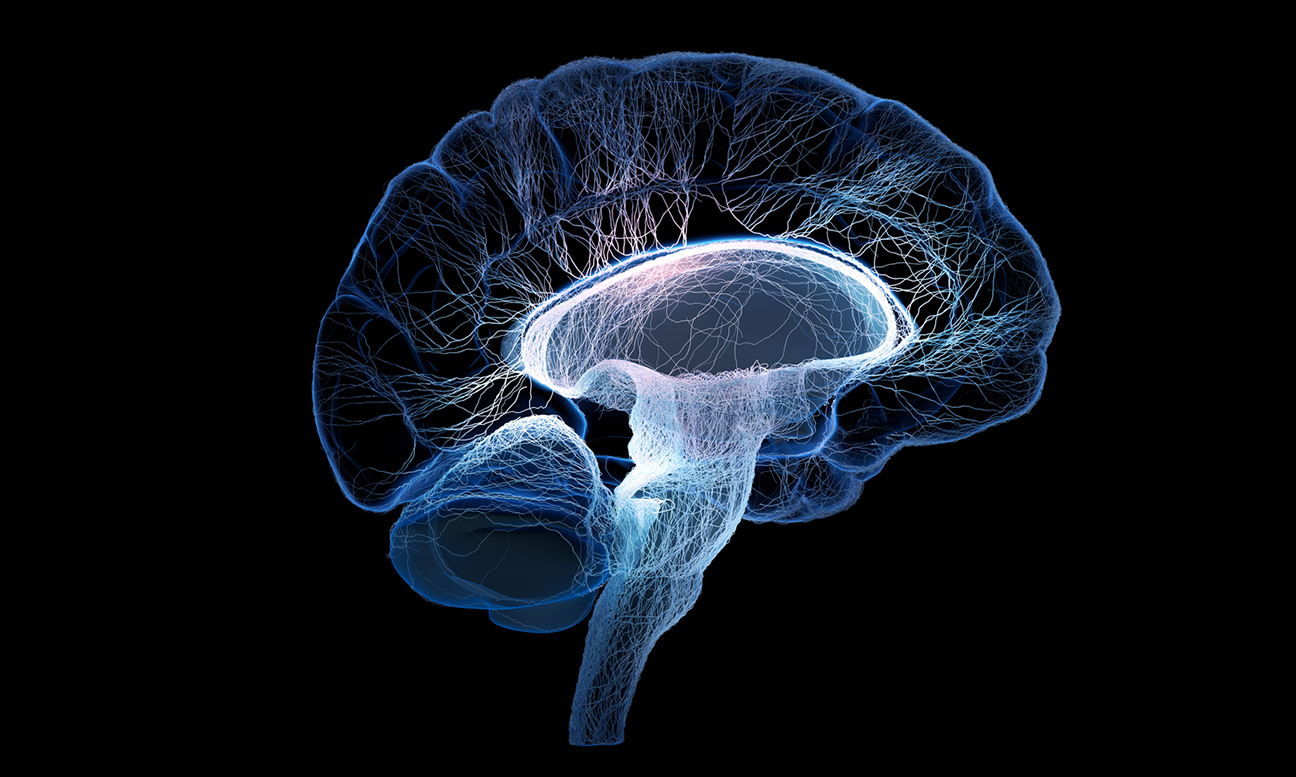
Intra-cortical Myelin, Dysconnectivity and Psychosis
Abnormal myelination has been proposed as a pathogenetic mechanism for schizophrenia. Using ultra-high field imaging at 7 Tesla we compared the intra-cortical organization of myelin in patients with schizophrenia and healthy individuals. Such abnormalities were most pronounced in sensory brain areas. There regions mature very early in development, and suggest that sensory processing is likely to be affected in schizophrenia years before symptoms begin.

Abnormal Tonotopy in Hallucinations
Auditory hallucinations are a common and distressing symptom of schizophrenia. We used ultra-high field imaging at 7 Tesla to investigate the tonotopic organization of the auditory cortex in patients with schizophrenia with a history of recurrent hallucinations. Tonotopy is a fundamental feature of the functional organization of the auditory cortex that is established very early in development. Patients showed altered tonotopic organization of the auditory cortex during a purely perceptual task, indicating the presence of developmental abnormalities in the functional organization of the auditory cortex.
Functional Brain Atlases
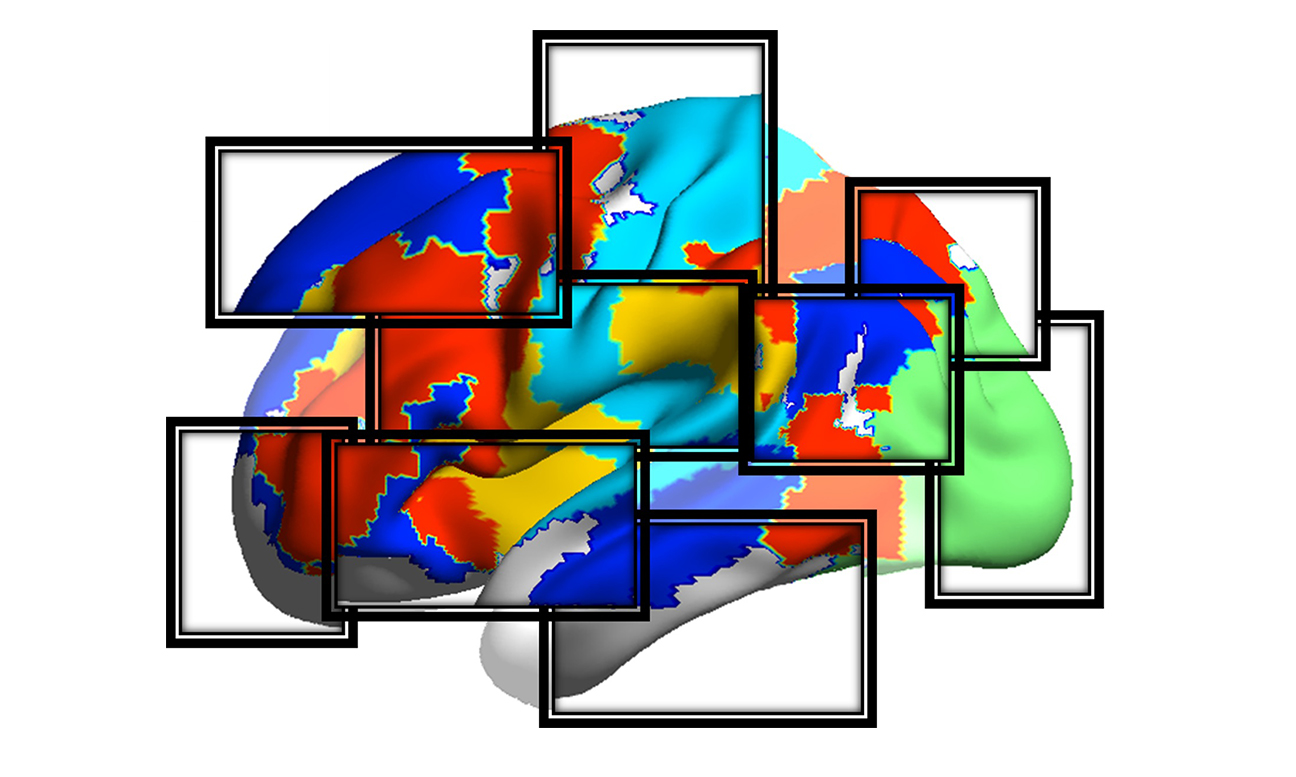
CAREN
The human brain is intrinsically organized into resting-state networks. However the spatial constituents of these networks vary significantly between studies. In order to facilitate reproducibility in future studies, we constructed a the Consensual Atlas of Resting-State Networks (CAREN) which is was published in Human Brain Mapping and is freely available
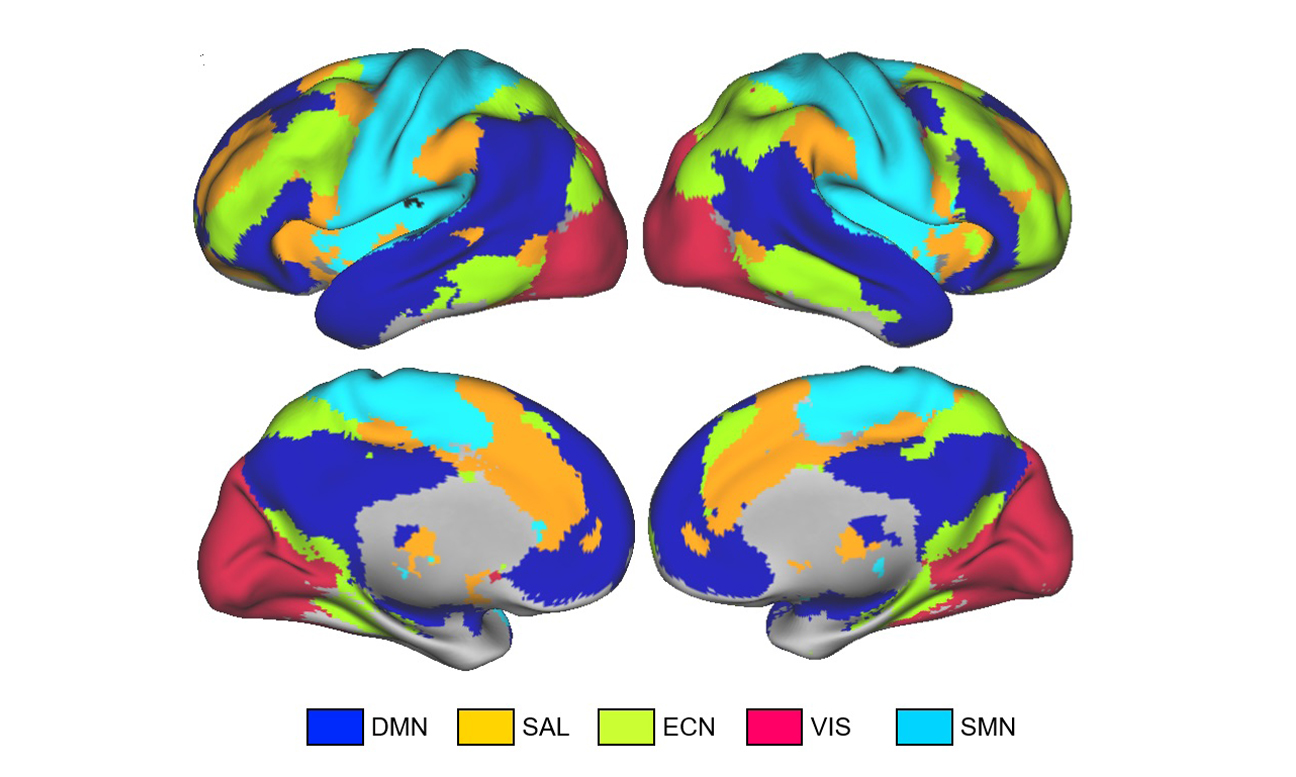
Atlas 55+
The functional brain atlases currently available are derived using data from adults typically aged 18-40 years. As brain networks are influenced by age, the atlases derived from older populations are critically lacking. To address this unmet need, we constructed a reliable brain atlas using only resting-state functional MRI data from three cohorts of healthy older adults (total N=563; age=55-95years). The atlas called Atlas55+ provides spatial templates for the major resting-state-networks and the subdivisions and is freely available
Selected Recent Publications
Modabbernia A, Janiri, D, Doucet GE, Reichenberg A, Frangou S. Multivariate patterns of brain-behavior-environment associations in the Adolescent Brain and Cognitive Development (ABCD) Study. Biol Psychiatry 2020; https://doi.org/10.1016/j.biopsych.2020.08.014
Frangou S, Modabbernia A, ENIGMA Lifespan Working Group, Dima D. Cortical Thickness Trajectories across the Lifespan: Data from 17,075 healthy individuals aged 3-90 years. Hum Brain Mapp 2020; https://www.biorxiv.org/content/10.1101/2020.05.05.077834v1
Dima D, ENIGMA Lifespan Working Group, Frangou S. Subcortical Volume Trajectories across the Lifespan: Data from 18,605 healthy individuals aged 3-90 years. Hum Brain Mapp 2020; https://www.biorxiv.org/content/10.1101/2020.05.05.079475v1
Modabbernia A, Reichenberg A, Ing A, Moser DA, Doucet GE, Artiges E, Banaschewski T, Barker GJ, Becker A, Bokde ALW, Burke Quinlan E, Desrivières S, Herta F, Fröhner JH, Garavan H, Gowland P, Grigis A, Grimmer Y, Heinz A, Insensee C, Ittermann B, Martinot JL, Paillère Martinot ML, Millenet S, Nees F, Papadopoulos Orfanos D, Paus T, Penttilä J, Poustka L, Smolka MN, Stringaris A, van Noort BM, Walter H, Whelan R, Schumann G, Frangou S, IMAGEN Consortium. Linked patterns of biological and environmental covariation with brain structure in adolescence: a population-based longitudinal study. Mol Psychiatry 2020; https://doi.org/10.1038/s41380-020-0757-x; PMID: 32444868
Janiri D, Doucet GE, Pompili M, Sani G, Luna B, Brent DA, Frangou S. Risk and protective factors for childhood suicidal ideation in a US population-based sample. Lancet Psychiatry. 2020;7(4):317-326. doi: 10.1016/S2215-0366(20)30049-3. PMID: 32171431
Janiri D, Moser DA, Doucet GE, Luber MJ, Rasgon A, Lee WH, Murrough JW, Sani G, Eickhoff SB, Frangou S. Shared neural phenotypes for mood and anxiety disorders: A meta-analysis of 226 task-related functional imaging studies. JAMA Psychiatry. 2020;77(2):172-179. doi: 10.1001/jamapsychiatry.2019.3351. PMID: 31664439
Lee WH, Rrodrigue A, Glahn DC, Bassett DS, Frangou S. Heritability and Cognitive Relevance of Structural Brain Controllability. Cereb Cortex. 2019; 30(5):3044-3054. doi: 10.1093/cercor/bhz293. PMID: 31322303
Doucet GE, Moser DA, Rodrigue A, Bassett DS, Glahn DC, Frangou S. Person-based brain morphometric similarity is heritable and correlates with biological features. Cereb. Cortex 2019; 29(2):852-862. doi: 10.1093/cercor/bhy287. PMID: 30462205
Doucet GE, Luber MJ, Balchandani P, Sommer IE, Frangou S. Abnormal Auditory Tonotopy in Patients with Schizophrenia. NJP Schizophrenia 2019; 5(1):16. doi: 10.1038/s41537-019-0084-x. PMID 31578332
Frangou S. Neuroimaging Markers of Risk, Disease Expression, and Resilience to Bipolar Disorder. Curr Psychiatry Rep. 2019;21(7):52. doi: 10.1007/s11920-019-1039-7. PMID: 31161278
Doucet GE, Lee WH, Frangou S. Evaluation of the spatial variability in the major resting-state networks across human brain functional atlases. Hum Brain Mapp. 2019;40(15):4577-4587. doi: 10.1002/hbm.24722. PMID: 31322303
Sprooten E, O’Halloran R, Dinse J, Lee WH, Moser DA, Doucet G, Goodman M, Krinsky H, Paulino A, Rasgon A, Leibu E, Balchandani P, Inglese M, Frangou S. Depth-dependent intracortical myelin organization in the living human brain determined by in vivo ultra-high field magnetic resonance imaging. Neuroimage. 2019;185:27-34. doi: 10.1016/j.neuroimage.2018.10.023. PMID: 30312809
Moser DA, Doucet GE, Lee WH, Rasgon A, Krinsky H, Leibu E, Ing A, Schumann G, Rasgon N, Frangou S. Multivariate associations between behavioral, clinical and multimodal imaging phenotypes in psychosis. JAMA Psychiatry 2018; 75(4):1-10. doi: 10.1001/jamapsychiatry.2017.4741. PMID: 29516092
Moser DA, Doucet GE, Ing A, Dima D, Schumann G, Bilder RM, Frangou S. An integrated brain–behavior model for working memory. Mol Psychiatry 2018;23(10):1974-1980. doi: 10.1038/mp.2017.247. PMID: 29203849
Doucet G. Bassett DS, Yao N, Glahn DC, Frangou S. The role of intrinsic brain functional connectivity for vulnerability and resilience to bipolar disorder. Am J Psychiatry 2017; 174(12):1214-1222. doi: 10.1176/appi.ajp.2017.17010095. PMID: 28817956
The Frangou Lab studies brain pathways and mechanisms associated with psychopathology across the lifespan and their association with the environmental and genetic context.
